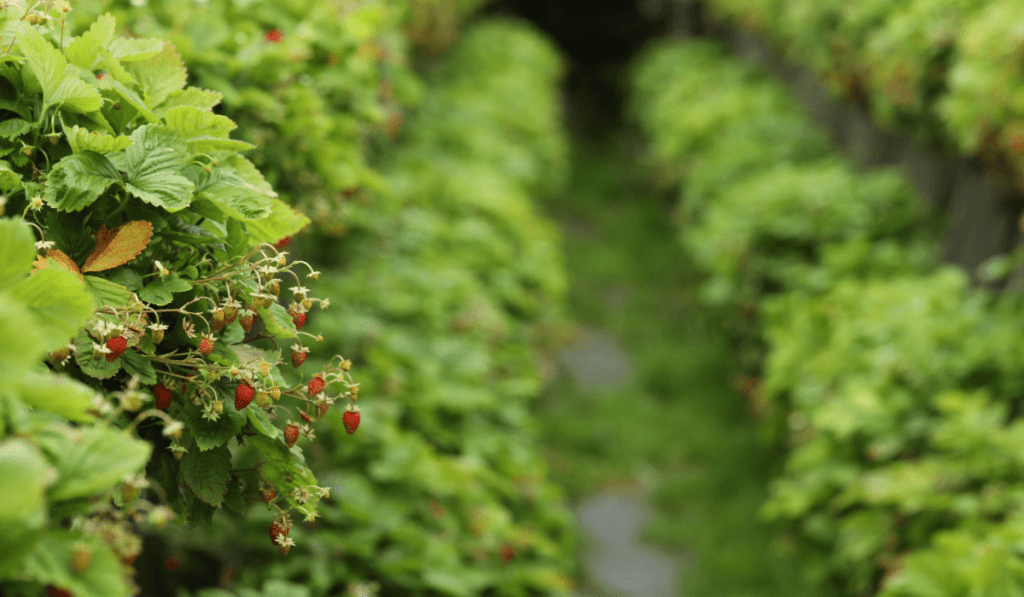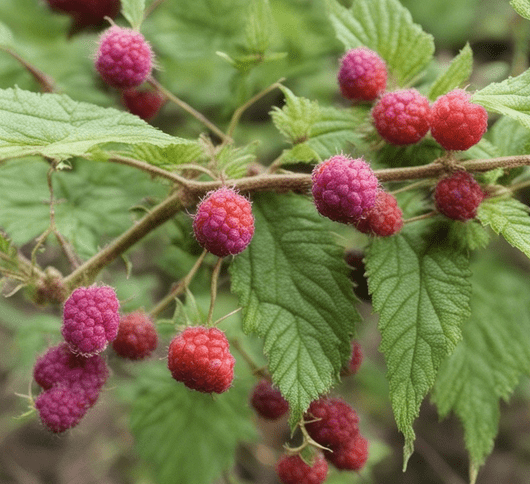Berries generally require adequate space for optimal growth and productivity. When planting berries, ensure proper spacing between plants to allow for air circulation, sunlight penetration, and easy harvesting. Blueberries, for instance, typically need around 4 to 6 feet between plants, while strawberries benefit from spacing of about 12 to 24 inches. Providing ample room not only supports healthier plants but also facilitates better pest and disease management in your berry garden.
Have you ever wondered about the spatial needs of your beloved berry plants? In the world of berry cultivation, understanding the intricacies of spacing is a key factor in ensuring optimal growth and a bountiful harvest. Join us on this horticultural journey as we unravel the mysteries of “How Much Room Does a Berry Plant Need?” By the end of this comprehensive guide, you’ll be equipped with the knowledge to create a thriving berry patch in your own backyard.
1. Understanding Spatial Needs
Why Does Spacing Matter?
Berry plants, like any living organism, have specific physiological needs. Adequate spacing plays a crucial role in facilitating essential processes such as air circulation, sunlight exposure, and nutrient absorption. This section explores the profound impact of proper spacing on overall yield and plant health.
General Spacing Guidelines
Different types of berries come with unique spatial requirements. We delve into the fundamental guidelines for spacing, offering a rule of thumb that considers both horizontal and vertical dimensions.
2. Berry-Specific Spacing Guidelines
Strawberries
Strawberries, with their delicate charm, require special attention to spacing. We discuss variations in spacing for container-grown versus ground-planted strawberries and the distinctions between the matted row and hill system.
Blueberries
Blueberries, known for their vibrant hues and antioxidant-rich berries, present unique considerations. Explore the differences in spacing for bush and rabbiteye blueberries, with insights into how the mature size of the plant influences these decisions.
Raspberries and Blackberries
For those captivated by the allure of raspberries and blackberries, understanding the differences between erect and trailing varieties is essential. This section also sheds light on support structures for trailing berry plants.
3. Practical Implementation
Preparing the Planting Area
Optimizing Soil Health: Begin by assessing your soil’s composition and pH. Most berries thrive in well-draining, slightly acidic to neutral soil. Amend the soil with organic matter to enhance fertility and structure. Introduce the concept of companion planting, strategically placing compatible plants to maximize nutrient uptake and deter pests.
Planting Techniques
Grid vs. Clump Planting: Dive into the details of two primary planting methods – grid and clump. Illustrate the grid system’s orderly layout, promoting even spacing for individual plants. Contrast this with the clump technique, where berries are grouped together for a more natural appearance. Discuss the advantages of each method based on garden aesthetics and maintenance.
Vertical Gardening: Introduce the concept of vertical gardening for berries. Explore trellising options, such as arbors or vertical structures, to capitalize on upward growth. Highlight how vertical gardening not only saves space but also enhances sunlight exposure and air circulation, fostering healthier berry plants.
4. Troubleshooting Common Spacing Issues
Overcrowding
Overcrowding can impede the growth of your berry plants. Learn to identify signs of overcrowding and discover actionable tips for rectifying spacing issues post-planting.
Underutilized Space
Maximizing space efficiency is an art. We provide suggestions for utilizing available space effectively, including the introduction of intercropping as a strategy for maximizing space and diversifying crops.
5. Conclusion
In conclusion, mastering the art of berry plant spacing is a transformative step towards cultivating a flourishing berry patch. We’ve covered the fundamental principles, berry-specific guidelines, practical implementation techniques, and troubleshooting tips. Armed with this knowledge, you’re not just growing berries; you’re curating a thriving ecosystem in your backyard. Happy planting!



